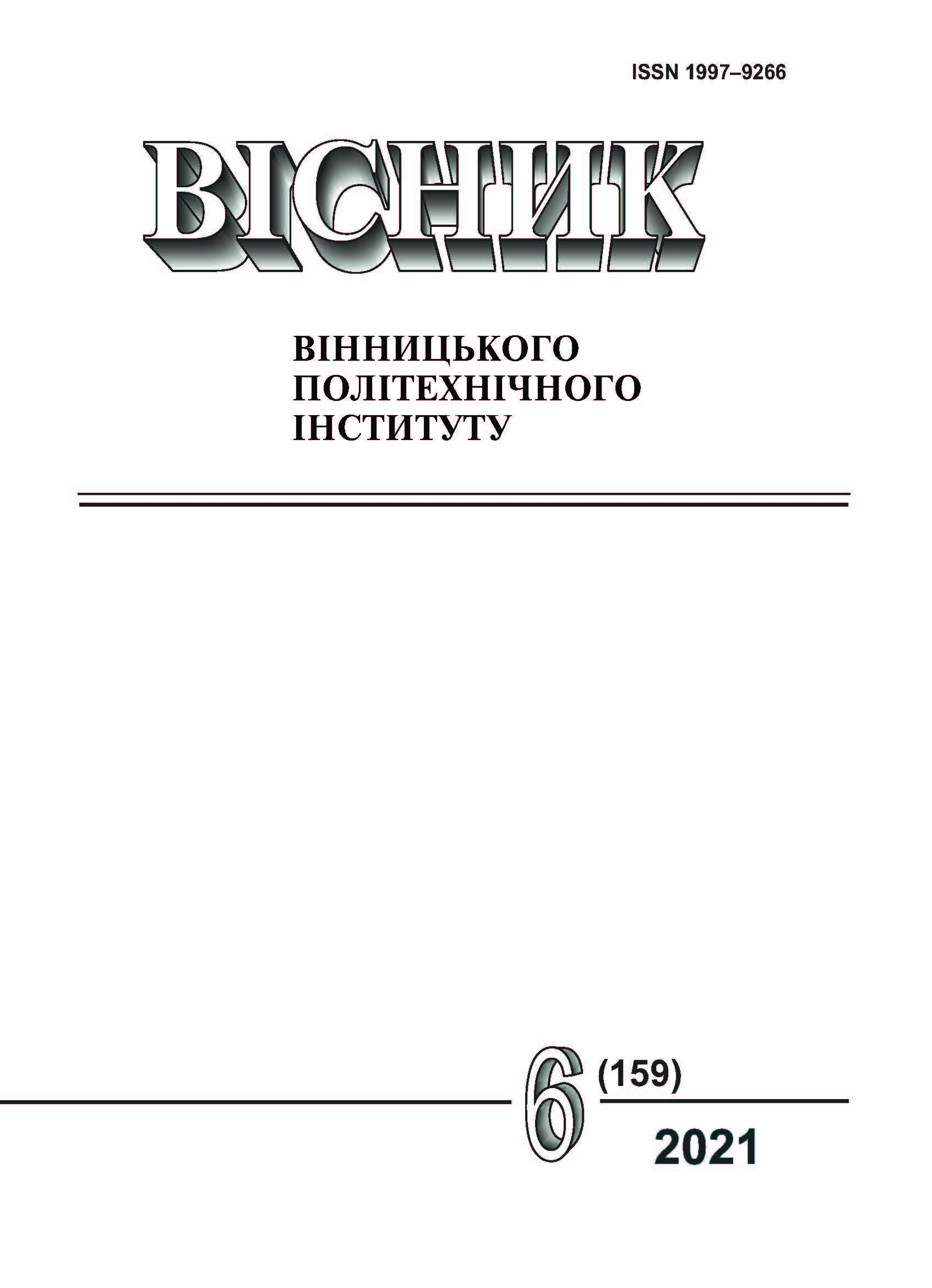Development of Mathematical Model of Battery Control of Static Capacitors with Regard to its Implementation in Microprocessor System
DOI:
https://doi.org/10.31649/1997-9266-2021-159-6-58-63Abstract
The basic requirements to the mathematical support of the microprocessor control system of static capacitor batteries in the consumer power supply system are formulated.
A mathematical model has been developed that allows deciding on the activation of individual sections of controlled static capacitor batteries, which is designed to compensate for reactive loads and which implements the requirements of the energy supply company in the modes of maximum and minimum loads and hours not controlled by the power system. The model allows you to make a decision that will provide the required voltage level in the connection node of the static capacitor batteries (if there is such a technical possibility).
The mathematical model is linear and belongs to the class of integers. The latter is necessary due to the fact that the power of the static capacitor batteries is collected from individual sections. The objective function of the mathematical model describes the reactive power of the power input. These capabilities, in terms of the impact on the electrical mode, are provided by a single limitation of the model, which significantly simplifies the model itself.
The synthesis of the mathematical model is performed in such a way that when calculating control solutions it is possible to avoid the need to find a reference solution in its simplex analysis by the method of linear programming or to solve the problem by the method of dynamic programming. In both cases, it is possible to simplify the algorithm for finding the optimal solution.
The paper presents the results of a study that substantiates the method of analysis of the developed mathematical model, and which was conducted by comparing the computational efficiency for the conditions of the same problem.
The problem was solved by the method of dynamic programming and simplex by the method of linear programming. The final results of the solution completely coincide.
The obtained controlled solutions are implemented with a minimum number of switchings. This property of the mathematical model is proved by a concrete example and will reduce the negative impact on the contact system of switching devices.
References
Л. Б. Терешкевич, і М. І. Цибульський, «Математична модель та метод розрахунку параметрів керування реактивною потужністю конденсаторних батарей в системі електропостачання,» Вісник Вінницького політехнічного інституту, № 5, с. 62-68, 2010.
Л. Н. Добровольська, І. В. Вітт, і І. П. Сосенко, «Про стан автоматизації компенсувальних установок і перспективи їх оснащення пристроями нового покоління,» Промелектро, № 4, с. 26-30, 2008.
Б. С. Рогальський, «Методи розрахунку електроспоживання і компенсуючих установок та системи управління ними (на промислових підприємствах, включаючи нерудні кар’єри).» дис. докт. техн. наук: спец. 05.09.03 «Електротехнічні комплекси і системи», Вінницький національний технічний університет. Вінниця, 1999, 301 с.
Л. Б. Терешкевич, і Хінді Айман Тахер, «Математична модель оптимального управління конденсаторними пристроями в системі електропостачання,» Вісник Вінницького політехнічного інституту, № 3 (36), с. 59-62, 2001.
L. S. Czarnecki, and P. M. Haley, “Comments on “Physical Interpretation of the Reactive Power in Terms of CPC Power Theory Revisited,” Electric Power Quality and Utilization Journal, vol. XVI, no 2, pp. 7-9, 2013.
Downloads
-
PDF (Українська)
Downloads: 92
Published
How to Cite
Issue
Section
License

This work is licensed under a Creative Commons Attribution 4.0 International License.
Authors who publish with this journal agree to the following terms:
- Authors retain copyright and grant the journal right of first publication.
- Authors are able to enter into separate, additional contractual arrangements for the non-exclusive distribution of the journal's published version of the work (e.g., post it to an institutional repository or publish it in a book), with an acknowledgment of its initial publication in this journal.
- Authors are permitted and encouraged to post their work online (e.g., in institutional repositories or on their website) prior to and during the submission process, as it can lead to productive exchanges, as well as earlier and greater citation of published work (See The Effect of Open Access).





